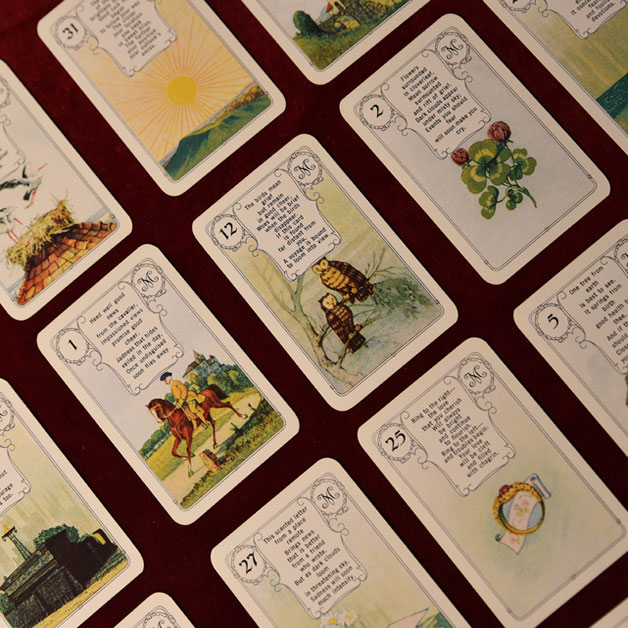What is a Problem?
We can see etymologically that hidden in the word ‘problem’ is the word ‘probe’. A problem is any formal situation into which we can insert a probe. We say formal because unless we can define a problem, show where its outline and zone of influence starts and stops, then we are unable to probe it, unable to analyse it, and we will be unable to solve the problem. Problems don’t just mysteriously ‘go away’. What they do is increase or decrease in influence and effect.
So what does it mean to ‘solve a problem’? What is it to ‘solve’ some formal situation? To solve something is to wash it away, to remove the boundaries of the form which is the problem. We could say that if we have a headache, a zone of contraction in the head which is placing pressure on certain nerves in that zone of the head, then to solve the headache would be to depressurise the contracted zone, to relax the zone outwards. This outward expansion of a contracted painful zone could be either by act of will or by some induced chemistry which dulls the pain of contraction for the time being.
However not all problems are solvable by relaxation or taking a tablet, or if they are then there is no guarantee that the problem will not return at a later time. We are better to try to understand the problem, go down below the problem’s superficial expression and see how it may be possible to re-balance the forces which are contracting or circling onto a centre, which in the first place are creating the tight formal limitation we experience.

Solutions
There are a number of ways to solve a problem. No problem has one solution. In brief we may summarise a few ways as follows:
- Condense more intensely into the problem situation to see its characteristic structure and intent
- Differentiate the situation into its constituent parts and examine the parts and their relations
- Expand to a wider wiser view to see the context or environment of the problem & its wider implications
- Apply some opposing energy to the problem situation, try to work the problem energy backwards in the opposite direction or sideways in another direction
- Initiate a small change in the problem situation to catalyse a new movement regardless of what direction that movement may take. This aims merely to break the lock of formal definition a little, loosen the situation a bit.
- Accept that there are problems now, and there always were & will be problems, and meanwhile have compassion, that is ‘suffer passively with’ the present problem situation as a lesson in tolerance & acceptance
- Wait for the cycle to change. All of life is cyclic, things events & relations come a go, and by examining and knowing the cycle, & allowing a passage of time, what is now a problem will gently pass away on its own course.
These are some ways to approach problem solving when we feel heavy with problems. Of course it is also valuable to enlist the help of an assistant like The Magic Wheel to pinpoint and indicate an appropriate solution suited to the present urgency, formal type and emotional pressure found in the problem.
As an exercise now, consider a problem you may have. Then with the problem in mind, browse this website to select a possible way in which the problem may be solved. If you decide to seek assistance, book an appointment and take the next step.
